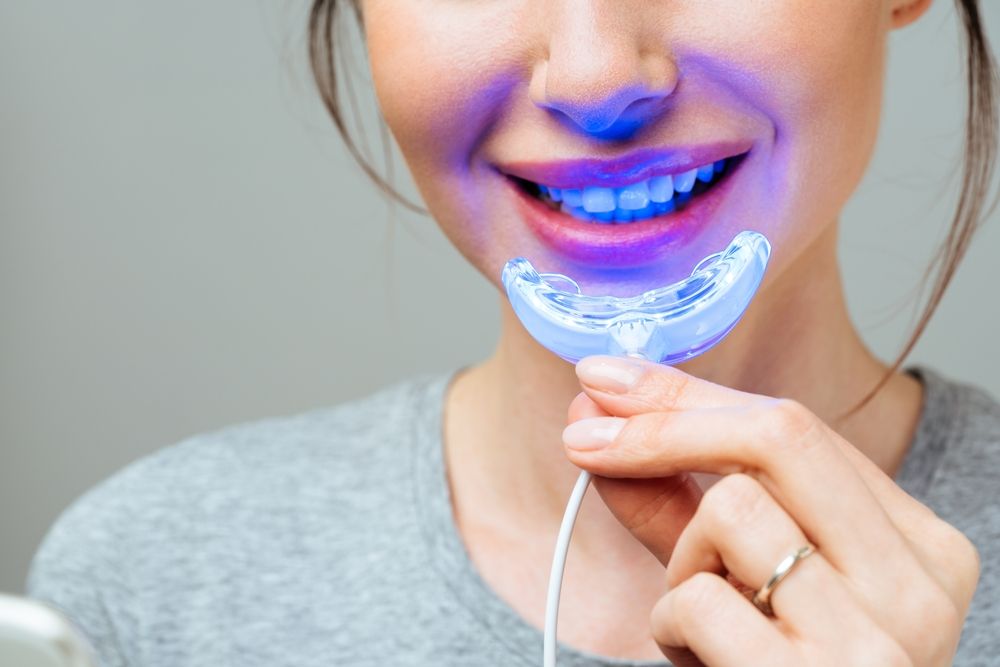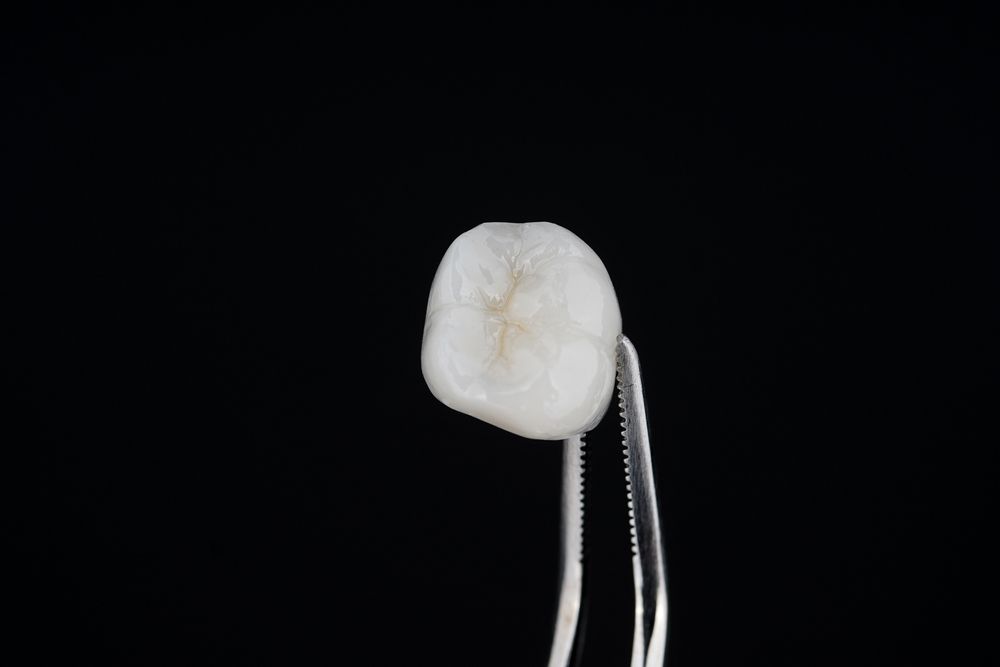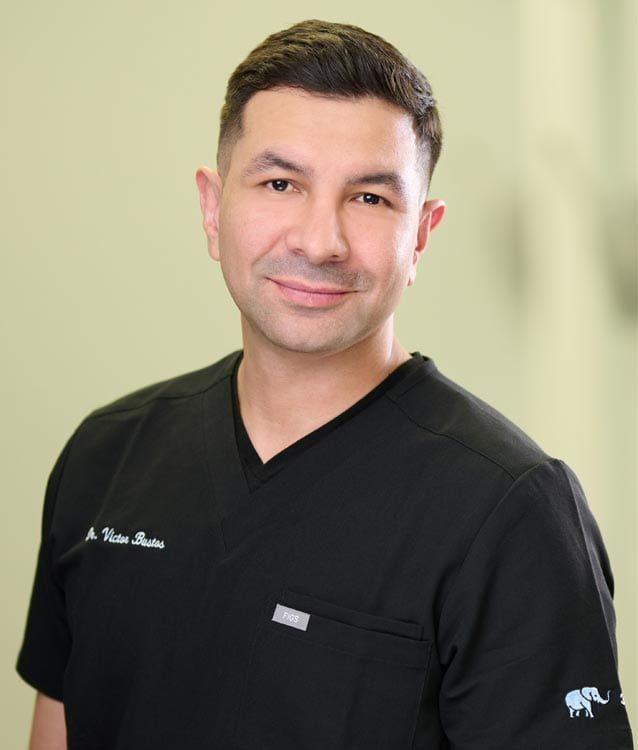Dental health is integral to overall well-being, and regular check-ups are crucial for maintaining a healthy smile. One essential component of these check-ups is dental X-rays. Despite some common concerns, X-rays play a critical role in diagnosing, preventing, and treating dental issues. In this blog, we will explore the importance of X-rays in dental care and how they contribute to better oral health.
What Are Dental X-Rays?
Dental X-rays, also known as radiographs, are images of your teeth, bones, and surrounding soft tissues that help dentists identify problems with your teeth, mouth, and jaw. These images are created using a controlled burst of radiation to capture the internal structure of the oral cavity. There are different types of dental x-rays, including:
Bitewing X-Rays:
These are used to detect decay between teeth and changes in bone density caused by gum disease. They are typically taken once a year during routine check-ups.
Periapical X-Rays:
These provide a detailed image of the entire tooth, from the crown to the root and the surrounding bone. They are used to detect problems below the gum line or in the jawbone.
Panoramic X-Rays:
These capture the entire mouth in a single image, including the teeth, jaw, and surrounding structures. They are useful for identifying impacted teeth, jaw disorders, and planning orthodontic treatment.
Occlusal X-Rays:
These show the roof or floor of the mouth and are used to find extra teeth, teeth that have not yet broken through the gums, jaw fractures, cleft palate, cysts, or abscesses.
Why Are X-Rays Important?
Early Detection of Dental Issues:
X-rays allow dentists to detect dental issues at an early stage, often before symptoms manifest. This early detection is crucial for conditions like tooth decay, gum disease, and infections, which can progress significantly if left untreated.
Comprehensive Diagnosis:
While a visual examination provides valuable information, it cannot reveal all potential problems. X-rays give a comprehensive view, showing hidden issues such as impacted teeth, abscesses, cysts, tumors, and bone loss.
Monitoring Development:
For children and teenagers, dental X-rays are vital for monitoring the development of teeth and jawbones. They help in identifying issues like tooth crowding, the eruption of permanent teeth, and the need for orthodontic treatment.
Planning Treatment:
Accurate treatment planning is essential for procedures like root canals, dental implants, and orthodontics. X-rays provide detailed information about the tooth’s root structure, bone density, and other critical factors that influence treatment decisions.
Evaluating Previous Treatments:
X-rays are useful for evaluating the success of previous treatments. They help in checking the integrity of fillings, crowns, bridges, and implants, ensuring they are functioning correctly and identifying any areas that may require attention.
Safety and Frequency of X-Rays
The amount of radiation used in dental X-rays is very low, and advancements in technology have made them even safer. Digital X-rays, for instance, use up to 90% less radiation than traditional film X-rays. Dentists take several precautions, such as using lead aprons and thyroid collars, to minimize exposure.
The frequency of X-rays depends on your individual oral health needs. Those with a higher risk of dental problems may need them more often, while those with a low risk may only need X-rays every few years. Your dentist will recommend an appropriate schedule based on your oral health history and current condition.
Conclusion
Dental X-rays are an invaluable tool in maintaining optimal oral health. They provide crucial information that cannot be obtained through a visual examination alone, allowing for early detection, accurate diagnosis, and effective treatment planning. By understanding the importance of X-rays in dental care, patients can appreciate their role in keeping smiles healthy and beautiful.
Remember, regular dental check-ups and open communication with your dentist about the use of X-rays are key to ensuring the best care for your oral health.






